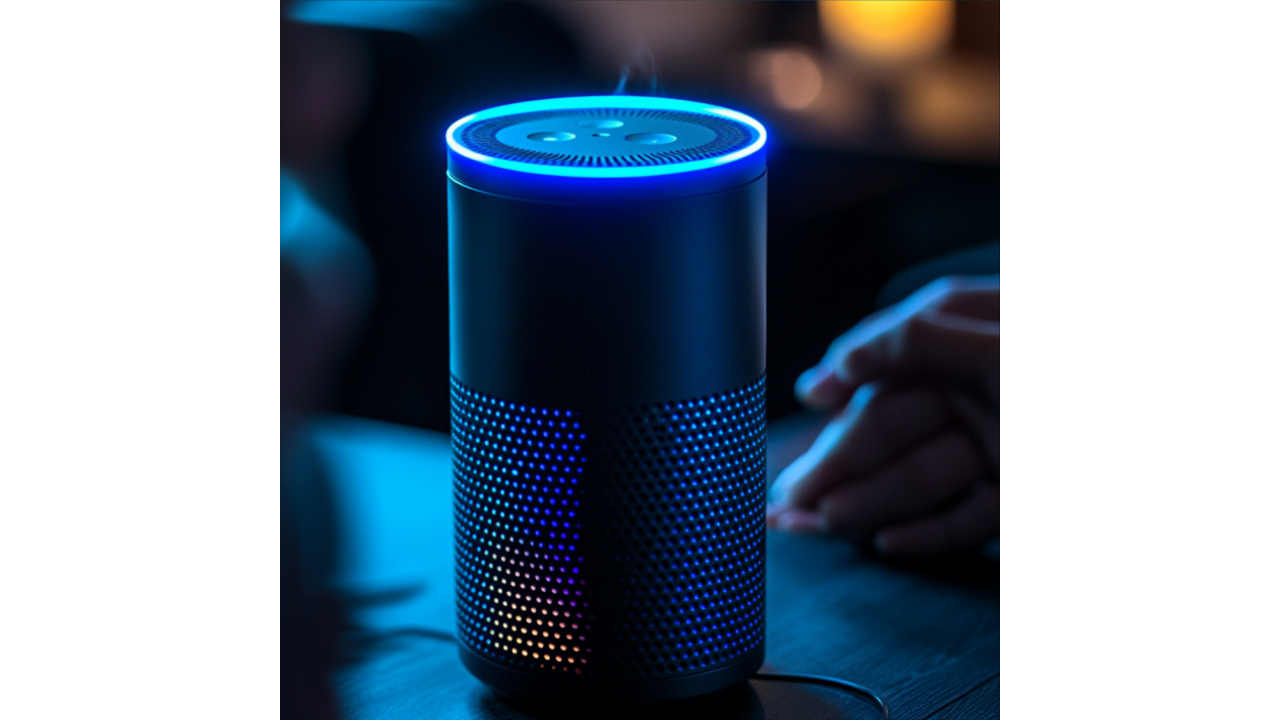Voice Commerce Optimization: Preparing Your Brand for Conversational Shopping
We've spent decades perfecting the art of visual persuasion—crafting headlines that stop scrollers, designing interfaces that guide clicks, writing...

Voice technology has evolved far beyond setting kitchen timers and checking the weather. Smart speakers are in 35% of US households, according to NPR and Edison Research's 2023 Smart Audio Report. But the real opportunity isn't in optimizing for "Hey Alexa"—it's in understanding how voice interaction is reshaping customer expectations across every digital touchpoint.
Voice interfaces trained consumers to expect conversational, natural language interactions. They want to ask questions the way they'd ask a friend, not type keywords into a search bar.
"When people use voice, they're 3x more likely to use complete sentences," notes Google's search quality team. This shift affects how users interact with chatbots, search engines, and even email interfaces.
The implication? Your content needs to answer questions, not just rank for keywords. Conversational AI isn't limited to voice assistants—it's embedded in customer service platforms, mobile apps, and increasingly, your website.
Voice shopping sounds gimmicky until you look at the data. Juniper Research found that voice-based ad revenue will exceed $19 billion by 2025. That's not from people shouting "buy me paper towels" at their Echo.
The growth is in frictionless reordering, conversational product discovery, and voice-enabled customer service. "Voice commerce works best for habitual purchases and brand-loyal customers," according to a Capgemini consumer study. Translation: It's about making it easier for existing customers to buy again, not acquiring new ones through voice ads.
Brands like Domino's and Starbucks already let customers reorder favorites via voice. The pattern? Reduce friction for repeat purchases.
Voice search queries are longer and more question-based. But here's the truth: Google's algorithm treats voice and text queries increasingly similarly.
"Voice search optimization is really just good SEO," says Rand Fishkin, co-founder of SparkToro. Focus on featured snippets, FAQ content, and conversational long-tail keywords. These tactics improve all search performance, not just voice.
The bigger opportunity: Local search. "Near me" voice searches have grown 900% over two years, according to Google. If your business serves local customers, structured data and Google Business Profile optimization matter more than keyword stuffing for voice.
Banks and healthcare providers are adopting voice biometrics for authentication. Nuance Communications reports that voice biometrics reduce call center fraud by up to 95% while cutting authentication time.
Beyond security, voice recognition enables unprecedented personalization. Your smart assistant knows who's speaking and can tailor responses accordingly. Spotify uses voice recognition to create household profiles with separate music preferences.
For marketers, this means thinking about household-level targeting, not just individual user targeting. Multiple people share devices, but voice can distinguish between them.
Voice interactions generate rich intent data. Unlike typed queries, voice captures tone, hesitation, and conversational flow. Companies like Gong.io analyze sales calls to identify patterns in winning conversations.
"Voice data reveals not just what customers want, but how confident they are in their decisions," according to MIT Technology Review research on voice analytics. Hesitation patterns, speech rate changes, and question structures all signal buying readiness.
This data can inform content strategy. If customer service calls repeatedly ask the same questions, that's content your website needs to address.
The next evolution isn't voice-only—it's multimodal interfaces combining voice, visual, and touch. Amazon's Echo Show and Google's Nest Hub demonstrate this convergence.
"Users want the flexibility to switch between voice and visual interfaces mid-task," notes Nielsen Norman Group research on multimodal UX. They might start with voice ("show me running shoes") then switch to visual browsing.
Smart marketers prepare for this by creating content that works across modalities. Product descriptions should be scannable visually but also structured for voice readout. Images need alt text that makes sense when spoken aloud.
Early voice ads were clunky. "This episode is brought to you by..." interrupting your podcast worked because there was no alternative. Now, platforms are testing conversational ad formats.
Pandora ran tests where users could say "I want to know more" during an audio ad to request additional information. According to their data, these interactive voice ads generated 9x higher brand recall than standard audio ads.
The key: Treat voice ads as conversations, not interruptions. Give users agency to engage or skip, and make the value exchange clear.
Always-listening devices make consumers nervous. A 2024 Pew Research study found that 61% of Americans are concerned about how companies use data from voice assistants.
Transparency matters. Brands that clearly communicate what voice data they collect, how long they store it, and how users can delete it build trust. Apple's approach—processing most Siri requests on-device rather than in the cloud—appeals to privacy-conscious consumers.
For marketers, this means being upfront about voice data usage and providing easy opt-out mechanisms. Privacy isn't a barrier to voice marketing; it's a competitive advantage when handled correctly.
Your voice interface is your brand personality in action. Is your chatbot formal or casual? Does it use humor or stay strictly professional? These decisions shape brand perception.
Capital One's Eno text-based assistant uses casual, friendly language. "Eno feels like a helpful friend, not a corporate robot," according to UX research from their product team. That tone extends their brand identity into conversational AI.
Consider: If your brand were a person having a conversation, how would it sound? That's your voice interface strategy.
Most businesses shouldn't build custom voice apps. Alexa Skills and Google Actions have low adoption rates unless you're a major brand.
Instead, optimize for existing voice platforms. Make your website content voice-search friendly. Ensure your business information is accurate across platforms. Enable voice ordering if you sell products that fit habitual purchase patterns.
The unsexy truth: Good voice marketing is mostly good content strategy, local SEO, and customer service optimization. The technology enables these, but the fundamentals matter most.
Traditional metrics don't capture voice interaction value. Voice searches rarely generate clicks—they provide direct answers. So measuring success requires different KPIs:
"Don't measure voice success by traffic alone," advises Google's Gary Illyes. "Measure by how well you answer user questions."
Voice technology is embedding into everything. Cars, appliances, wearables—all becoming voice-capable. The opportunity isn't in owning a voice platform; it's in being present and useful wherever your customers speak.
The brands winning at voice marketing aren't obsessing over Alexa optimization. They're creating genuinely helpful content, reducing customer friction, and thinking about how voice interaction patterns inform broader digital strategy.
Voice isn't the future of marketing. It's one interface in an increasingly multimodal customer experience. The brands that understand this—and adapt accordingly—will build stronger customer relationships than those still optimizing for keywords alone.
Ready to make your marketing more conversational? Voice-first thinking isn't about building Alexa Skills—it's about creating content that answers real questions in natural language. At Winsome Marketing, we help brands adapt their content strategy for how customers actually search, speak, and interact today. Whether you need SEO that captures conversational queries, content that works across voice and visual platforms, or a strategy that reduces customer friction, we've got you covered. Let's talk about your voice strategy—the human way.

We've spent decades perfecting the art of visual persuasion—crafting headlines that stop scrollers, designing interfaces that guide clicks, writing...
-3.png)
Listen up, word nerds - let's dive into something juicy. We're talking voice and tone, and let me tell you, this is where we separate the real...
-1.png)
Staying ahead of the competition requires more than just a great product or service. It demands a deep understanding of your brand's position in the...